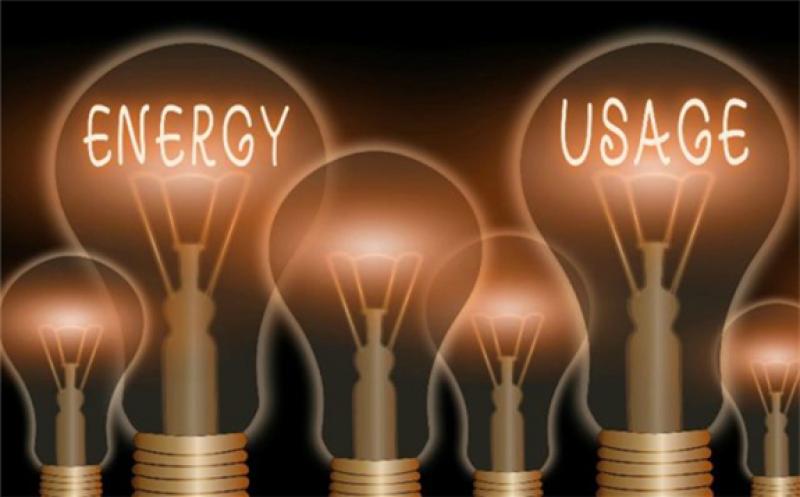After experiencing its biggest decline in decades, global electricity demand is expected to rebound modestly in 2021.

The International Energy Agency (IEA) expects growth will be led by growth in China, India and other emerging economies.
The historic shock of the COVID-10 crises will result in a 2% decline in global electricity demand, according to the IEA’s first-ever Electricity Market Report. It forecasts electricity demand will grow by about 3% in 2021. This will be significantly weaker than the rebound of the electricity demand of more than 7% in 2010, the year after the global financial crises.
China will be the only major economy to experience higher electricity demand in 2020. But, its expected growth of about 2% is well below its recent average of 6.5%. Other big electricity consumers including the United States, India, Europe, Japan, Korea and South East Asia are all set to experiences declines in average demand for 2020.
Electricity from renewable energy such as hydropower, wind and solar are however forecast to grow by almost 7% in 2020, squeezing conventional power sources. Coal-fired generation in 2020 is predicted to fall by 5%, the largest decrease on record. Nuclear power generation is set to fall by around 4% and fas-fired electricity generation by 2%. This means that overall CO2 emissions from electricity generation should decrease by 5% in 2020.
IE executive director, Dr Fatih Birol: “Based on the very latest data available the IEA’s new Electricity Market Report provides fresh insight on this critical sector. Starting next year, we will publish a new edition of the report on a half-yearly basis.”
Electricity demand in developing countries will outpace generation capacity
Falling demand, lower fuel prices and the increase in renewable generation have dragged down wholesale electricity prices in 2020. The IEA’s wholesale electricity market price index tracks price movements in major advanced economies. It shows an average price declines of 28% in 2020, as opposed to 12% in 2019.
The growth of renewable power generation is forecast to continue in 2021 with an increase of more than 6%, expanding the share of renewables in the global power mix by 1% to 29% in 2020. Nuclear power is predicted to grow by 2.5% next year thanks to rebounds in France and Japan and new plants coming online in China and the United Arab Emirates.
In advanced economies, the growth of renewables and nuclear power will continue to shrink the space remaining for fossil fuel generation. Natural gas is likely to be impacted more than coal as a result of an expected rise in natural gas prices.
In emerging and developing economies, demand growth is forecast to outpace increases in renewable and nuclear power. This leave some room for coal and gas generation to expand.
The expected net result globally is that coal-fired generation will increase by about 3% in 2021, while gas-fired plants will increase output by around 1%. This would mean a rise in CO2 emissions from the power sector of around 2% in 2021.
Starting in 2021, the IEA will publish a new edition of the Electricity Market Report on a half-yearly basis, with latest updates on key developments in global electricity markets.